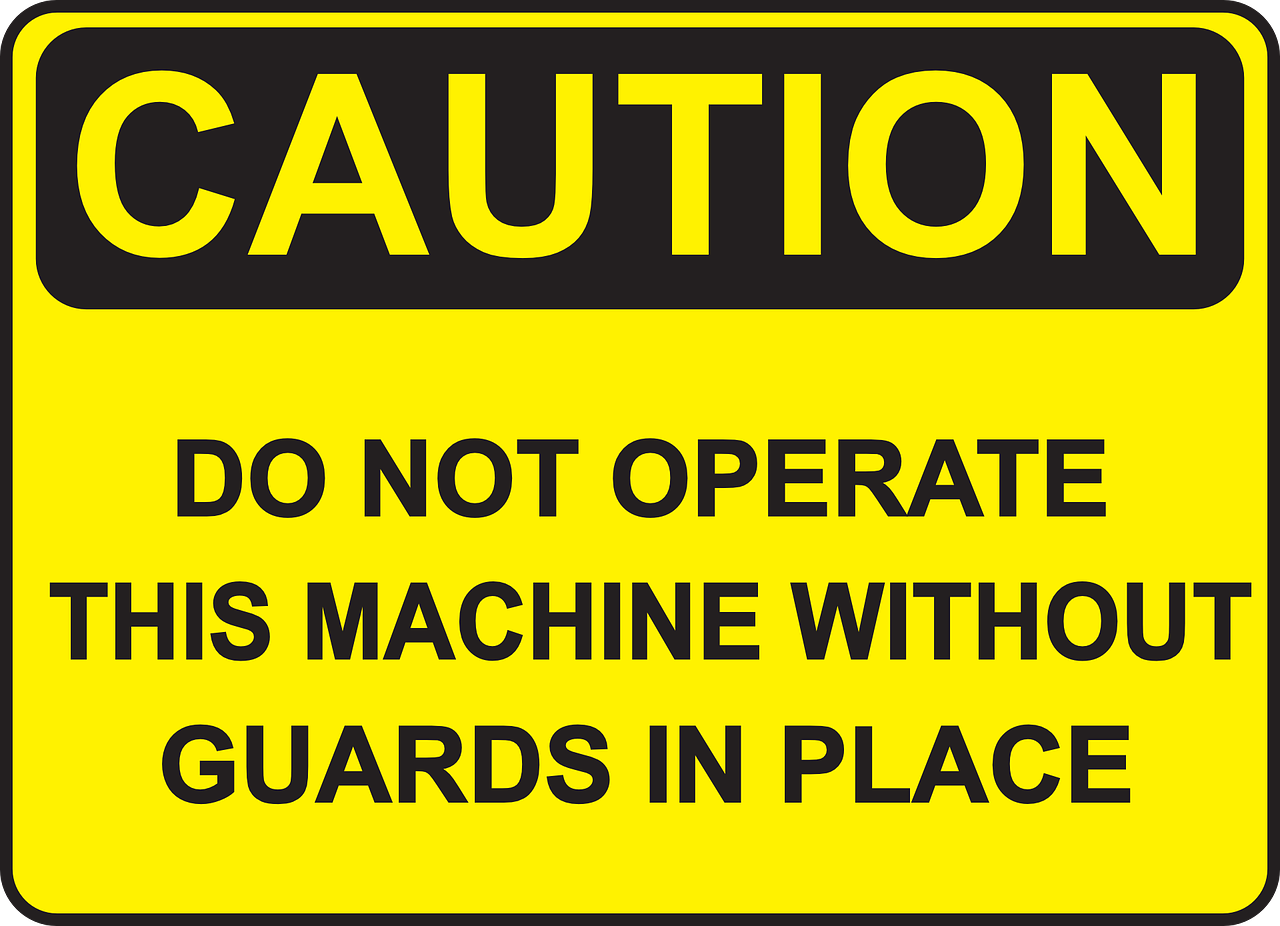When a client came to us needing a specific elevator brake arm, they faced a major hurdle: the only option available online required a minimum order of 200 pieces. But all they needed was a single replacement part. Instead of paying for more than they needed and facing lengthy delays, we stepped in to fabricate a custom elevator brake arm, saving them both time and money. Here’s how we approached the project, from material selection to final testing, ensuring the part met all necessary specifications and performed flawlessly.
Step 1: Understanding the Requirements
Before diving into fabrication, it’s essential to understand the specific requirements for the elevator brake arm. This involves assessing factors like strength, durability, and compatibility with the existing elevator system. Given the brake arm’s role in safely stopping an elevator, it must be able to withstand significant stress and function flawlessly under high loads.Step 2: Selecting the Right Material
The material selection is a critical step. We chose 1018 cold finished steel for its excellent combination of strength, durability, and machinability. This material is commonly used in high-stress applications like elevator components, making it an ideal choice for our custom brake arm.Step 3: Machining the Brake Arm
Once we had the design and material sorted, we moved on to machining the brake arm. This process involved several key steps:- Milling the steel to shape the brake arm according to the sample we were replicating.
- Drilling the rim for precision and ensuring compatibility with the system.
- Inserting a bronze sleeve to improve friction resistance and provide a smoother operation.
- Fabricating a new shaft to complete the assembly.
Step 4: Overbuilding for Durability
To ensure the brake arm could withstand the high pressures it would face in service, we decided to overbuild the part. By adding extra strength and reinforcement, we made sure the brake arm would handle even more stress than required, adding an extra layer of safety and reliability to the design.Step 5: Testing for Quality Assurance
With the brake arm fabricated, the next step was rigorous testing. We conducted several tests, including:- Stress analysis to evaluate the material’s response to pressure.
- Load testing to ensure the brake arm could handle the elevator’s braking requirements.
- Operational simulations to verify the arm’s functionality under real-world conditions.


